Ad
Articles
Top 5 Things to Know Before Choosing an Air Purifier in India 2025
As a technology journalist who's covered home health gadgets for over a decade, I've seen air purifiers evolve from niche devices to essential home appliances in India. With cities like Delhi and Mumbai often topping global pollution charts—AQI levels frequently spiking above 300 during winters—clean indoor air is no longer a luxury. Dust, smoke from vehicles, allergens from pollen, and even household fumes from cooking can harm health, leading to respiratory issues, allergies, or worse. An air purifier helps by filtering out these pollutants, creating a safer breathing space. But with so many options, how do you pick the right one? This comprehensive guide breaks it down in the simplest way, focusing on India-specific needs like high PM2.5 levels, humid climates in coastal areas, and power efficiency for frequent outages. We'll cover types, how to choose the size, key factors like CADR and filters, maintenance costs, and more. Whether you're in a smoggy metro or a dusty small town, this will help you make a smart, budget-friendly choice. Let's dive in and clear the air on what matters most.
Why You Need an Air Purifier in India: The Pollution Reality

India faces some of the world's worst air quality, with over 1.3 billion people exposed to harmful pollutants daily. According to recent reports, cities like Delhi see PM2.5 levels (tiny particles that enter lungs) averaging 100-200 μg/m³—far above the WHO's safe limit of 5 μg/m³. In winters, stubble burning in Punjab and Haryana worsens it, while Diwali fireworks add toxins. Even indoors, cooking with gas stoves releases VOCs (volatile organic compounds), and dust from construction sites seeps in. For families with kids, elders, or asthma sufferers, this can trigger health problems like coughing, eye irritation, or long-term issues like heart disease.
An air purifier traps these nasties, improving sleep, reducing allergies, and boosting overall well-being. In humid areas like Kerala or Mumbai, they prevent mold growth; in dry Rajasthan, they filter fine dust. With 2025 bringing smarter models at lower prices (starting at Rs 5,000), they're accessible. But don't buy blindly—consider your room, pollution type, and budget to avoid wasting money on underpowered units.
Types of Air Purifiers: Which One Suits Your Indian Home?

Air purifiers use different tech to clean air, and the best type depends on your needs. Here's a simple breakdown:
-
HEPA (High-Efficiency Particulate Air) Purifiers: These are the most common and effective for India. True HEPA filters (H13 or H14 grade) capture 99.97% of particles as small as 0.3 microns, including PM2.5, dust, pollen, and pet dander. Ideal for high-pollution cities like Delhi or Bangalore. Drawback: They don't remove gases or odors well alone, so look for combos with other filters.
-
Activated Carbon Purifiers: Great for odours, smoke, and chemicals like VOCs from paints or cooking. The carbon absorbs gases, making them perfect for kitchens in Indian homes where spices and frying create strong smells. Often paired with HEPA for all-round protection.
-
UV-C (Ultraviolet) Purifiers: Use UV light to kill bacteria, viruses, and mold. Useful in humid coastal areas like Chennai to prevent microbial growth. Not standalone—best with HEPA to trap dead particles. Good for families with frequent colds or during monsoon.
-
Ionizer Purifiers: Release negative ions to make pollutants stick to surfaces or filters. Affordable but controversial—some produce ozone, which can irritate lungs. Avoid if you have respiratory issues; not ideal for India's already polluted indoors.
-
Hybrid or Multi-Stage Purifiers: Combine HEPA, carbon, UV, and pre-filters (for large dust). Most recommended for India as they handle mixed pollutants—dust from roads, smoke from traffic, allergens from AC vents. Brands like LG and Daikin excel here.
For Indian buyers, prioritize HEPA hybrids with carbon for comprehensive coverage. Check if it's certified by AHAM (Association of Home Appliance Manufacturers) for verified performance.
How to Determine the Right Size for Your Air Purifier
Getting the size wrong is a common mistake—too small, and it won't clean effectively; too big, and it's wasteful. Size is based on room area, ceiling height, and pollution level.
-
Calculate Room Volume: Measure length x width x height in feet. For example, a 10x12x9 ft room = 1,080 cubic feet.
-
Understand CADR (Clean Air Delivery Rate): This measures how much clean air the purifier delivers per minute for smoke, dust, and pollen. For India, aim for CADR at least 2/3 of your room area in sq ft (e.g., 200 sq ft room needs 133+ CADR). Higher CADR means faster cleaning.
-
ACH (Air Changes per Hour): Ideal is 4-6 ACH—meaning the air is fully refreshed 4-6 times hourly. Formula: (CADR x 60) / room volume = ACH. For a 1,080 cu ft room, a 300 CADR purifier gives about 16 ACH—overkill but fast.
India tip: In high-pollution areas like Delhi (AQI 200+), go for higher CADR (300+) and 5+ ACH. For bedrooms (low activity), 3-4 ACH suffices; living rooms need more. Use online calculators from brands like Philips or Honeywell, but adjust for India's dust—add 20% to CADR for safety. Portable models cover 200-500 sq ft; whole-home ones are pricier.
Key Factors to Consider When Buying an Air Purifier in India
Beyond type and size, weigh these to get the best value:
-
Filter Quality and Replacement Costs: HEPA H13/H14 is standard—cheaper ones (H11) miss finer particles. Carbon filters last 6-12 months; HEPA 1-2 years. In India, replacements cost Rs 1,000-5,000. Check availability—brands like Voltas have easy access via local stores.
-
Noise Level: Look for under 50 dB (like a quiet conversation) for bedrooms. In noisy cities like Mumbai, it's less issue, but for sleep, choose models with night mode (below 30 dB).
-
Energy Consumption: Budget models use 30-100W—aim for low to save on bills (Rs 2-5/hour at Rs 8/unit). Inverter-like tech in smart purifiers optimizes this.
-
Smart Features: Wi-Fi apps (LG models) let you monitor AQI, schedule runs, or integrate with Alexa. Useful for working pros in Bangalore to control remotely.
-
Certifications and Sensors: AHAM-verified CADR ensures truth in claims. Built-in sensors auto-adjust speed based on pollution—handy in variable AQI spots like Kolkata.
-
Coverage and Portability: Wheel-mounted for easy moving between rooms. For India, multi-room use is common in joint families.
-
Brand and Warranty: Stick to trusted ones like LG (innovative), Daikin (air quality experts), Haier (affordable), Lloyd (value), Voltas (local service). 1-2 year warranty standard; extended for filters.
India-specific: Focus on PM2.5 removal (90%+ efficiency), ozone-free (avoid ionizers if asthmatic), and power backup compatibility for outages in rural areas.
Top Brands and Recommended Models from LG, Daikin, Haier, Lloyd, Voltas

While this is a guide, here are example models under various budgets from the brands:
-
LG PuriCare AS40GWWK0: 1.5 ton equivalent coverage, HEPA + carbon, smart app, Rs 15,000. Great for medium rooms in polluted north.
-
Daikin MC55XVM6: Streamer tech with HEPA, virus-killing UV, Rs 20,000. Ideal for health-focused homes in south.
-
Haier AP-1019C: Triple filter system, inverter-like efficiency, Rs 12,000. Budget pick for dusty interiors.
-
Lloyd by Havells APF-240: HEPA H13, carbon, portable, Rs 10,000. Value for small families.
-
Voltas VAP26TWV: Anti-bacterial HEPA, eco mode, Rs 14,000. Reliable for humid east.
Choose based on reviews—check Flipkart for India user experiences.
Maintenance and Running Costs: What to Expect
Air purifiers need upkeep to work well. Filters replace every 6-24 months (Rs 2,000-6,000 yearly). Clean pre-filters weekly with water. Energy runs Rs 500-1,000/month for 8-hour use. In India, dust clogs faster, so budget extra. Smart models notify for changes. Annual service (Rs 500) keeps it efficient.
Tips for Buying an Air Purifier in India
- Assess pollution: Use AQI apps; high means higher CADR.
- Test in-store: Check noise, build.
- Online deals: Amazon during Diwali for discounts.
- Avoid cheap imports: Stick to certified brands.
- Return policy: 15-day trial for fit.
Final Thoughts: Breathe Easier with the Right Air Purifier
Picking an air purifier in India 2025 means focusing on HEPA hybrids, proper sizing via CADR/ACH, and factors like noise and costs. With pollution rising, investing in one from LG, Daikin, Haier, Lloyd, or Voltas protects health without overspending. Follow this guide, and you'll find a model that clears the air for years.
FAQs: Air Purifier Buying Guide India 2025
1. What type of air purifier is best for India?
HEPA hybrid with carbon for PM2.5, dust, and odors. Add UV for bacteria in humid areas.
2. How do I calculate the right size?
Room volume (L x W x H in ft) / 60 x ACH (4-6) = needed CADR. For 200 sq ft, aim 133+ CADR.
3. What's CADR and why important?
Clean Air Delivery Rate measures filtering speed. Higher CADR cleans faster—essential for polluted cities like Delhi.
4. Key factors to consider?
Filter quality (H13 HEPA), noise (<50 dB), energy (low W), replacement costs (Rs 2,000/year), smart sensors, certifications (AHAM).
5. Best budget brand?
Lloyd or Haier for value under Rs 15,000 with good filters. Voltas for reliable service.
6. How often replace filters?
HEPA 1-2 years, carbon 6-12 months. More in high-dust India—check indicators.
7. Are smart features worth it?
Yes, for app control and AQI monitoring in busy homes. LG models excel here.
Follow Us:
Ad
Recent News
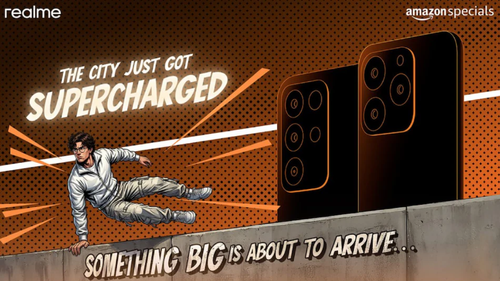
Realme Narzo 90 Series Teased for India Launch: What We Know About the Upcoming Smartphones
05-Dec-2025 09:49 AM
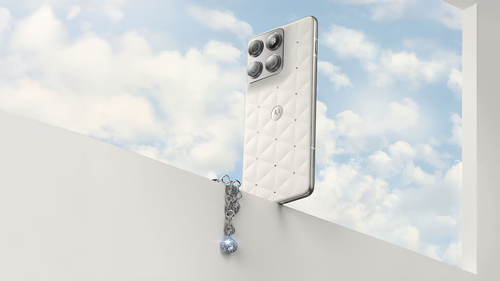
Motorola Edge 70 Swarovski Edition Launch: Features, Specs, Price, and Availability
05-Dec-2025 06:40 AM

Realme Watch 5 Launches in India: AMOLED Display, Long Battery
04-Dec-2025 11:32 AM

Realme P4x 5G Launches in India Today: Price, Features, and Full Specs Revealed
04-Dec-2025 04:14 AM
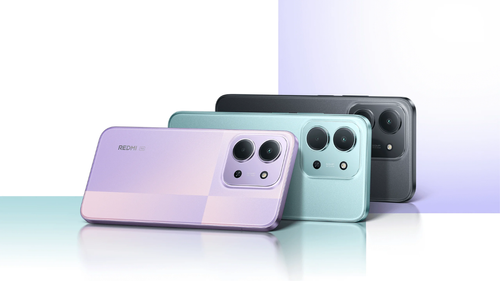
Redmi 15C 5G Launches in India Today: Affordable 5G with Big Battery and Smooth Display
03-Dec-2025 05:41 AM
Reviews & Guides
View All
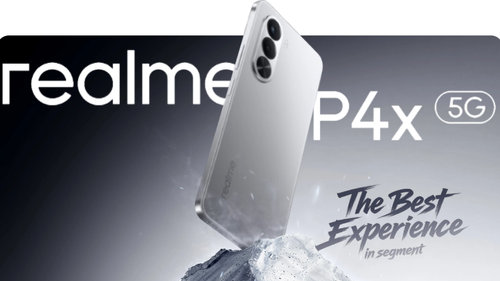
Realme P4x 5G Review: Budget-Friendly Beast with Epic Battery Life

Sony BRAVIA 7 Mini LED K-65XR70 vs. Haier Mini LED H65M95EUX

Samsung QN90F (65QN90FAU) Review: The King of Bright-Room Viewing

LG QNED92: The QNED Powerhouse That's More Than a Bright Alternative

Why doesn’t Apple reveal the iPhone battery in advertisements?

Donald Trump Watch Collection: Timeless Luxury on the Wrist
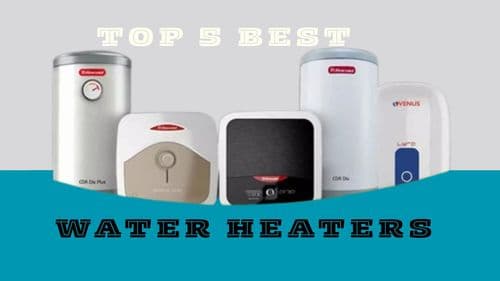
Best 5 Litre Water Heaters in India 2025: Top Latest Models for Quick Hot Water
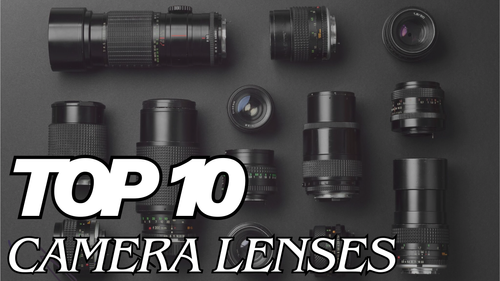
Top 10 camera lenses you should Own in 2025
Ad
Latest Mobiles In India
Ad
Ad












